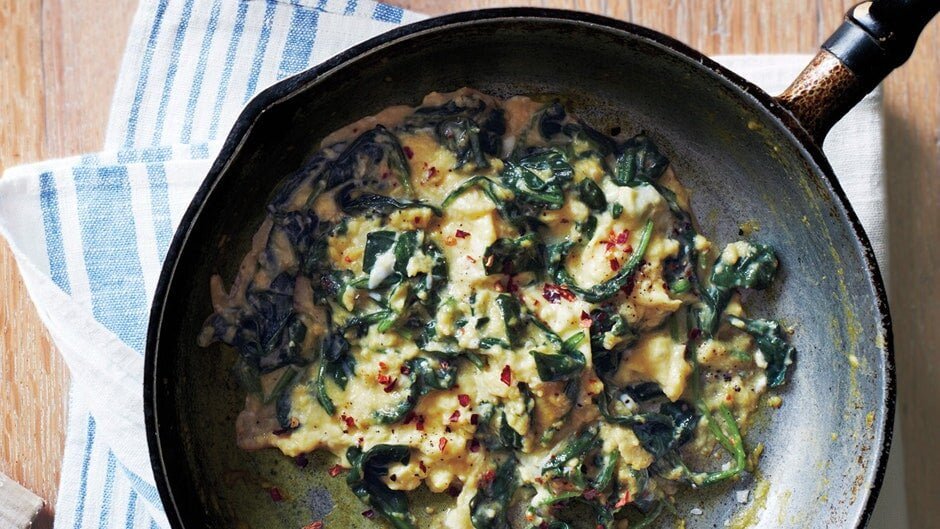
Whether it’s school supplies, Christmas gifts, or some new cozy threads in the shopping cart, the change of tone that comes with fall can put some weight on our pocket book. But thankfully there are many minor tweaks you can make at the grocery store to ease the financial pressure – some so easy that you’re family or others you shop for likely won’t even take notice!
And who knows, after trying some of these simple money saving grocery hacks, you may change a few of your shopping habits for good. As money tends to ebb and flow throughout the year (think holidays, birthdays, anniversaries, etc.), this is a great thing!
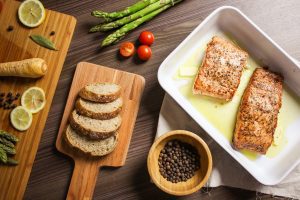
Grain Products
- Don’t be shy to stock up on bread products when they’re on sale. Most varieties keep very well in the freezer (especially items that are destine to be toasted!).
- Look for bargains on day-old bread and bakery products. Especially if you’re using the bread as part of a recipe (like for stuffing or bread pudding this holiday season) – bread products in this category are perfectly suitable.
- Avoid fancy pasta shapes. Though they are nice to look at, they typically cost more than regular spaghetti or macaroni. And this is an easy money saving change to make.
- Purchase grains (including flour, rice, pasta, oats, and cereals) in bulk. They typically cost less because you save on the labour and supplies needed for packaging.
- Buy plain rice, oatmeal, and pasta instead of the instant and flavoured kinds and add your own flavourings. Not only will this naturally drive down the cost, but it will help you avoid sugar and other additives you don’t need to be consuming.
Tip! Examples on this last point include mixing cumin and basil into rice after it’s cooked, or cinnamon and unsweetened applesauce into oatmeal.
Milk & Dairy Products
- Buy fresh milk, cheese, and yogurt in the largest size you can use in the time frame it’s fresh for (because this may take some trial and effort to figure out, I recommend starting small and going bigger from there to decrease waste).
- Purchase cheese on sale and freeze to use at a later date in pasta dishes, casseroles, or on pizza.
- Use skim milk powder in baking instead of fresh milk when possible. A special thanks to my grandma for this tip!
- Avoid prepared products like grated cheese, cheese strings, and yogurt in tubes. Again, they cost more because you’re paying for the advanced prep work and portioning.
- Try a store brand or no name product when available. You might enjoy the taste just as much (you won’t know until you try!) and they are generally just as health promoting – if not the same – as the name brand variety.
Veggies & Fruit
- Buy fresh fruits and vegetables when they are fresh and in season – they’re typically less expensive than out of season varieties and naturally taste better. Unsure of what’s in season now? Check out the handy guide here.
- Choose canned, frozen, or dried fruit and vegetables when fresh ones aren’t in abundance or are too costly. They are healthy choices too! We recommend choosing varieties with little/no added salt or sugar when possible.
- On that note, avoid buying frozen vegetables with sauces or flavours added. They can cost significantly more when this added prep step is done for you. And you can easily add your own seasoning or sauce for a more reasonable price point (and better control of exactly what you’re eating).
- Avoid buying prepared raw vegetables like carrot and celery sticks as they generally cost more. Buy them whole, and cut your own if possible. However, if buying them ready-to-eat will make it more likely you’ll reach for them, we’d say the trade-off is worth it.
- Plan ahead by choosing pieces of fruit that won’t ripen all at once and go to waste. For example, buy 2-3 pieces at different stages to avoid waste – one that is ripe, another that is almost ripe, and another that is green.
- If you’re an occasional juice drinker, buy frozen fruit juice (ideally a 100% juice variety). It’s cheaper and keeps longer in the freezer. Fruit drinks and fruit punch are mostly sugar and water – drinking plain water minus the sugar is much better for your health (and pocket book).
- Bu
 y large bags of frozen vegetables (you typically get the best value with a bigger volume – though look out for sales on the smaller packages). Cook what you need and keep the rest in the freezer for a later date.
y large bags of frozen vegetables (you typically get the best value with a bigger volume – though look out for sales on the smaller packages). Cook what you need and keep the rest in the freezer for a later date.
Tip! Buying fresh produce on sale and chopping/freezing it yourself is generally a very economical route to go.
Meat & Alternatives
- Buy larger packages of meat, poultry and fish when they’re on sale. Divide them into single portion sizes (½ cup or 2 ½ ounces) or the amount used by your family at one meal. Store in the freezer.
- Avoid buying meats that come with sauces, stuffing, or flavourings. They cost more and typically are not as health promoting as un-sauced versions.
- Compare meat & other protein prices based on the number of servings you get. For example, a kilogram of beef short ribs serves two. But a kilogram of ground beef (for example) can serve up to 10 people.
- Instead of buying stewing beef, buy a cheap steak such as round steak and cut it up yourself.
- Buy plain frozen fish instead of the kind with batter. Again, your health and wallet will thank you.
- Canned fish in water easily substitutes for fresh fish in many recipes – and will always be ready to eat in your pantry for those unplanned busy days!
- Stock up on dry or canned beans, peas, and lentils. Instead of meat a few times a week, have meals using these inexpensive plant based protein sources. They cost significantly less, and keep for about a year.
- Tofu and eggs are also very economical, log shelf-life proteins to have on hand. And whipping up a scramble with any and all leftover veggies around can be the perfect go to meal option in a pinch!
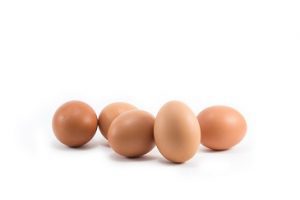
General Shopping & Cooking Money Saving Tips
- Bake, broil, roast, or steam your food. Avoid frying which requires extra oil – sometimes in very significant quantities.
- Steam or roast veggies to develop their flavour naturally and use herbs and spices to season. They’re less expensive, quick to prepare, and better for you than rich sauces or gravies.
- Serve fruit for dessert. You can add yogurt or ice cream. Or make a fruit crisp by putting oatmeal and sugar on top of sliced apples or peaches and baking them in the oven, rather than buying prepared desserts.
- Save the water from boiled vegetables and use it for soups or stews for ready-made veggie stock.
And be sure to ask for help if you need it. Most families have a few favourite recipes that they make again and again that are simple, cost effective, and natural crowd pleasers. On that note – one of my favourite economical recipes can be found at the bottom of the blog here. You may be surprised how some simple advice from family, friends, or a nutrition professional can help make cooking easier and more fun.




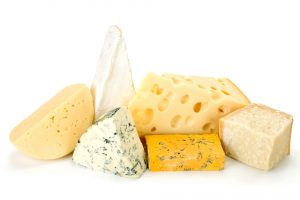
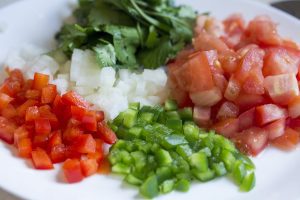 y large bags of frozen vegetables (you typically get the best value with a bigger volume – though look out for sales on the smaller packages). Cook what you need and keep the rest in the freezer for a later date.
y large bags of frozen vegetables (you typically get the best value with a bigger volume – though look out for sales on the smaller packages). Cook what you need and keep the rest in the freezer for a later date.